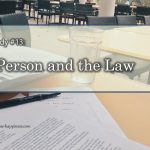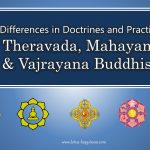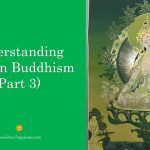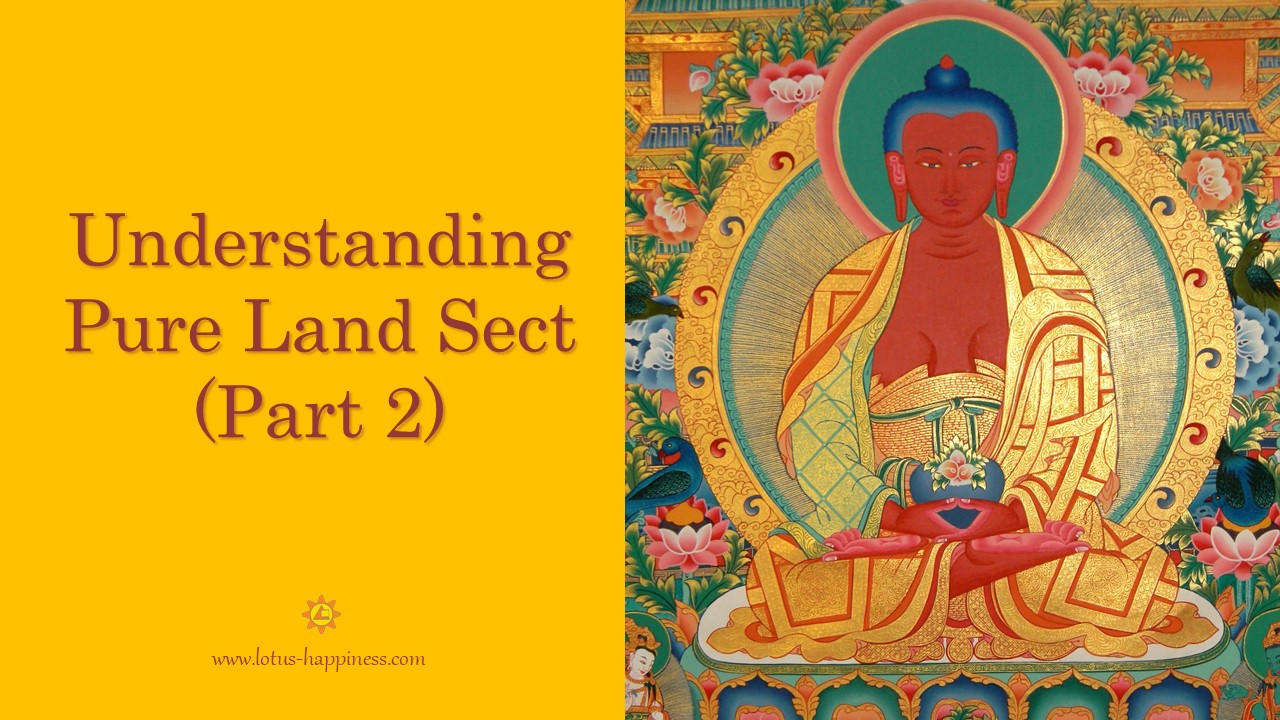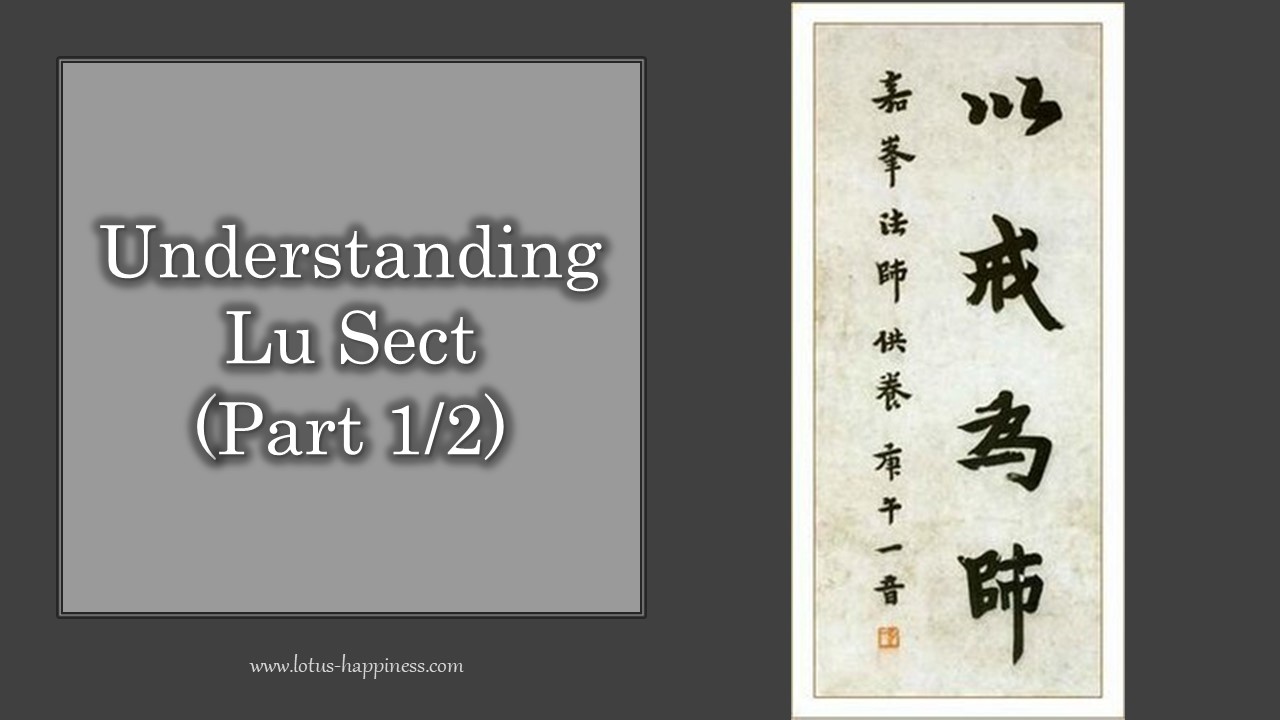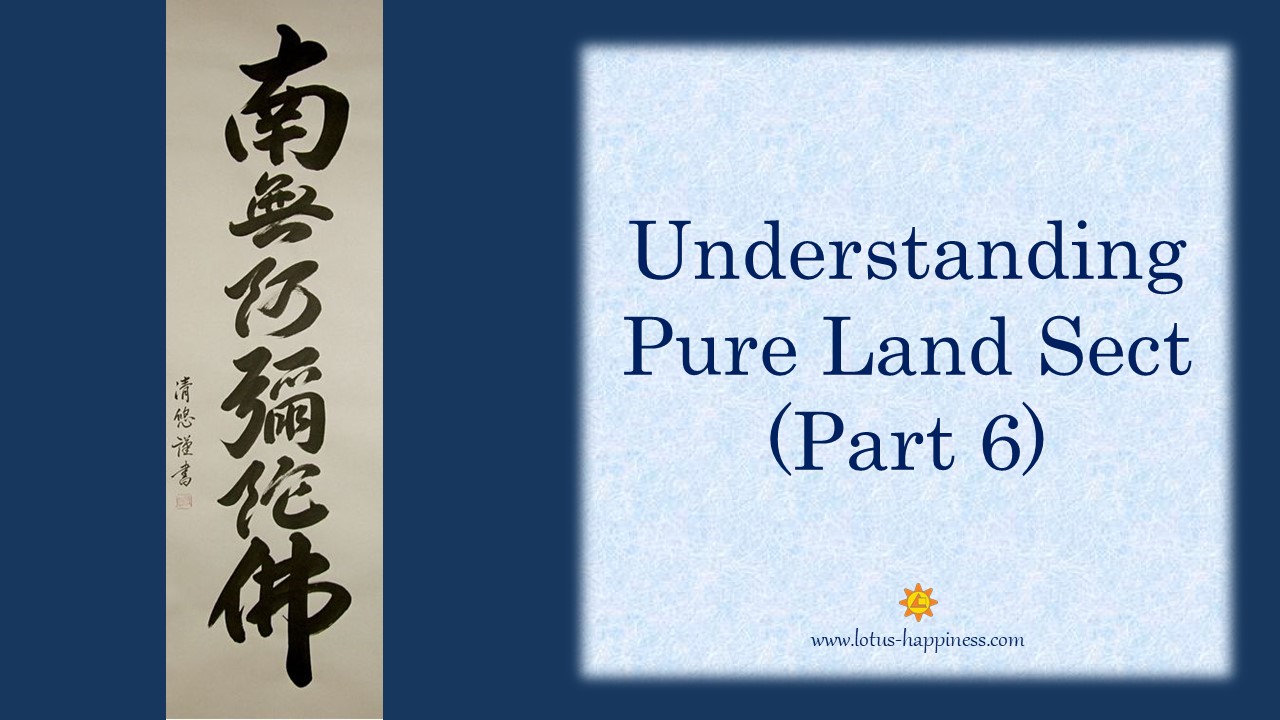The Five Aggregates
The teaching of The Five Aggregates or The Five Skandhas, is an analysis of personal experiences and a view on cognition from a Buddhist perspective.
The teaching also provides a logical and thorough approach to understand the Universal Truth of Not-self. In the last issue’s “Buddhism in a Nutshell”, we conclude that self is just a convenient term for a collection of physical and mental personal experiences, such as feelings, ideas, thoughts, habits, attitude, etc. However, we should go on to analyse all our personal experiences in terms of The Five Aggregates. The Five Aggregates are:
- Form
- Sensation
- Perception
- Mental Formation
- Consciousness
They are called aggregates as they work together to produce a mental being. As Heart Sutra says, Avalokitesvara Bodhisattva illuminates and sees the emptiness of the Five Skandhas.
Impermanence is one of the characteristics of emptiness. and the aggregates are also governed by the principle of impermanence. Therefore each of the aggregates is undergoing constant changes. Aggregates are not static things; they are dynamic processes.
By understanding the Five Skandhas, we attain the wisdom of not-self. The world we experience is not constructed upon and around the idea of a self, but through the impersonal processes. By getting rid of the idea of self, we can look at happiness and suffering, praise and blame, and all the rest with equanimity. In this way, we will be no longer subject to the imbalance of alternating hope and fear.
#1 – Form (Rupa)
The aggregate of form corresponds to what we would call material or physical factors. It includes our own bodies, and material objects as well. Specifically, the aggregate of form includes the five physical organs (eye, ear, nose, tongue, body), and the corresponding physical objects of the sense organs (sight, sound, smell, taste and tangible objects).
#2 – Sensation (Vedana)
The aggregate of sensation or feeling is of three kinds – pleasant, unpleasant and indifferent. When an object is experienced, that experience takes on one of these emotional tones, the tone of pleasure, the tone of displeasure, or the tone of indifference.
#3 – Perception
The function of perception is to turn an indefinite experience into a definite, recognised and identified experience. It is the formulation of a conception of an idea about a particular object of experience.
#4 – Mental Formation
The aggregate of mental formation may be described as a conditioned response to the object of experience. It is not just the impression created by previous actions (the habitual energy stored up from countless former lives), but also the responses here and now motivated and directed in a particular way.
In short, mental formation or volition has a moral dimension; perception has a conceptual dimension; feeling has an emotional dimension.
#5 – Consciousness
Both the eye and the visible object are the physical elements, therefore they are not enough to produce experience by themselves. Only the co-presence of consciousness together with the eye and the visible object produces experience. Similarly, ear, nose, tongue and body are the same. Consciousness is therefore an indispensable element in the product of experience. Consciousness is mere awareness, or sensitivity to an object. When the physical factors of experience, e.g. the eyes and visible objects come in contact, and when consciousness also becomes associated with the physical factors of experience, visual consciousness arises. It is not just the personal experience. The way that our personal experience is produced is through the functioning of the three major mental factors of experience, i.e. the aggregate of perception and mental formation. There are:
- eye consciousness
- ear consciousness
- nose consciousness
- tongue consciousness
- body consciousness
- mind consciousness
Note that there is the sixth sense, the mind. For the mind, the corresponding object is not a physical one, but are ideas – Dharma. The mind consciousness plays an important role in all mental activities.
Firstly, the first five consciousness are not related to each other, mind consciousness is their co-ordinator, establishing an entire meaningful idea or impression for a living being. Mind consciousness is the ability to recognise and discriminate in three ways:
- Physical cognition – in the presence of physical objects, mind consciousness can recognise at instant with reference to the past experience.
- Comparative cognition – in the absence of physical objects, mind consciousness can also recognise them by comparison and logical deduction in quality and quantity.
- Non-cognition – sometimes, in the absence of physical objects, mind consciousness can “create” some false cognition with some irrelevant experience and comparison.
Secondly, mind consciousness can also instruct, without thinking, the first five consciousness to initiate all kinds of wholesome, unwholesome, or neutral activities, and to keep the wheel of our life turning around and around.
In Buddhism, we have also the seventh consciousness (Klista-mano) and the eighth consciousness (Alaya).


